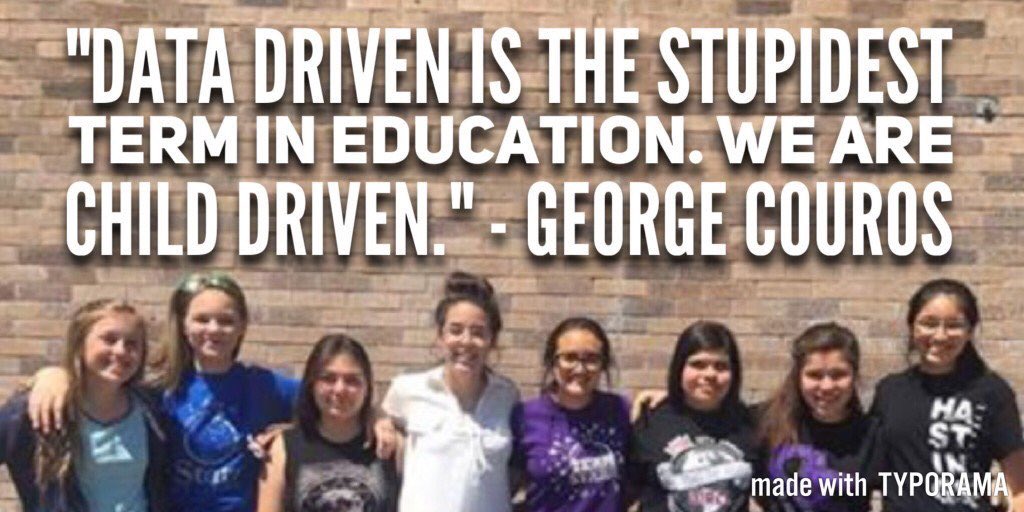A great discussion topic to be sure, as the "why" for every teacher is the root of what every teacher should constantly keep at the center of everything they do. Countless teachers emerge from colleges across the country every year, ready to tackle their first year of teaching, their first classroom, with an infectious optimism and an unfailing belief in their ability to make a truly positive impact in every student who will walk through their doors. That was me. The reality of education is harsh though. On a daily basis, teachers can expect to face a myriad of obstacles, ranging from inadequate facilities and/or resources, students who just won't engage, frustrating administrators, frustrating colleagues resistant to growth or change, angry parents, mounds of paperwork, mounds of grading....the list goes on and on. When one sees these frustrations it may seem clear why teachers burnout, why teachers leave the classroom in pursuit of something else. Teachers who have lost their spark.
I don't say that to judge in any way. Any teacher who claims that they haven't had those moments when they feel like they've reached the end of their educational rope are likely kidding themselves. I love teaching, it is one of the great passions of my life, I can't imagine doing anything else...but I have had my fair shares of ruts and low points, bad experiences that have found me questioning my way. One of the great realities of teaching, however, is that our "why" must always be our driving motivation. Any pursuit of passion has, at its center, that driving force, that one thing that makes all of the other realities worth it. Teaching isn't just a job, and all of the great teachers I have the good fortune of working with have understood that. Teachers won't find their "why" in paychecks, parents, grades, evaluations, or awards.
The "why" of teaching is, has always been, and will always be our students.
Above my computer sits a simple phrase- "Remember why you are here." I keep it there because I end up near it at some point during the day. It is near where I grade, where I answer emails, where I answer the phone, where I fill out paperwork. It is near the sources of my usual frustrations, and when they begin to mount I often find myself looking at that phrase. And when I do I inevitably end up looking out at the classroom, and in each chair I see a student who has inspired me, either that day or at some point in the past. I'm still surprised at how often that simple exercise shakes me, grounds me in my "why."
The shocking reality of teaching is that there are countless reasons not to do it, but that the one reason to do it so trumps all the negative that, when we remember that "why", we often find ourselves realizing that there is really no other place we'd rather be, no other work we would rather be doing. Be grateful for colleagues, either in your school or outside of it, who are willing to engage in growth, to challenge both themselves and you. Be that colleague for others. Remember that we often can't control the realities outside of our classrooms, but we can choose every day to be a positive impact on a child in our classroom. When things get toughest, take a second and look over your classroom, and remember why you are here.







